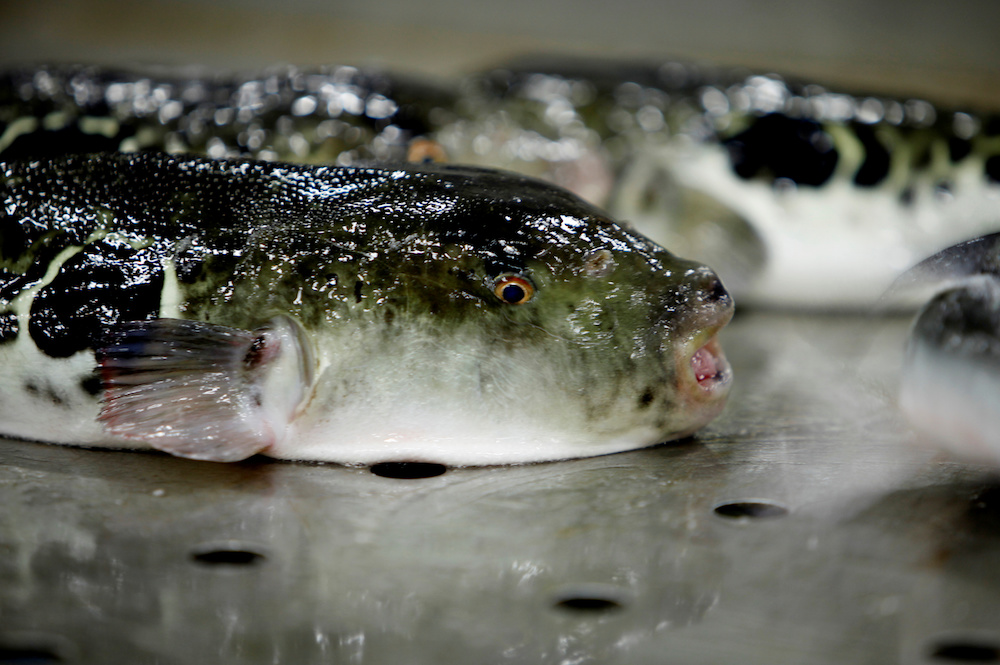

It appears that fugu-related deaths are poised to taper off. Meanwhile, the wild fugu population is dwindling due to overfishing. Nowadays, a large portion of the fugu served to the public comes from fish farms, where it isn’t exposed to the natural bacteria that produce the toxins in its organs. But traces of the delicacy mentality - the notion that pricey and forbidden food connotes status - still linger in some pockets of Japanese culture. Hashiri mono faded with the arrival of modern sensibilities. But the prohibition made it even more desirable. The practice, called hashiri mono, was outlawed by the feudal governments, Rath said. If you had a little extra money, this was one way to demonstrate your prestige when you weren’t going to be able to move up any other way.” “In a society where social mobility was extremely constrained,” Rath explained, “a peasant would always be a peasant and a merchant would always be a merchant. “It was believed that the fish would add 75 days to your lifetime.”īecause of the high demand, the first sea bream of the season would cost up to four times as much money as the same fish would a few weeks later. The poisonous elements made the tongue smart and go numbsensations to savor while. “If you could be the first person to eat the first sea bream that year,” said Rath. Many gourmets of the time, however, dipped fugu sashimi into soy sauce mixed with fugu liver instead of wasabi. For centuries, the practice of purchasing the first fish or vegetable of the season was a common way of accruing prestige.

The Japanese have a long history of advertising their wealth and status through culinary rarities. In 1975, for instance, a famous Kabuki theater actor named Bandō Mitsugorō VIII died after consuming four portions of fugu liver and bragging to his friends that he would survive the poison. And the fact that fugu liver is potentially poisonous introduces an element of risk and bravery to the scenario. Once there, ordering something illegal - and therefore rare and expensive - is an additional way to show off. Because you have to be a member or know one to be served, these establishments are places people visit to impress their friends and clients. Rath noted that in Japan there are many private restaurants like the one raided this week. Eating fugu liver is an exotic experience that conveys prestige, sophistication and exclusivity. The second, more culturally contingent reason has to with class status and cultural cachet. The first is that the poison is vaguely narcotic - according to some, it induces a slight euphoria. Chefs who want to serve fugu have to take a special preparation course and receive a license, and are barred from serving internal organs.Īs for why people order the toxic liver, Rath attributes it to a number of factors. When people are hospitalized with fugu poisoning, it’s often revealed that they requested the liver specifically - such as the five men who were hospitalized in 2012 after pleading with a restaurateur to break the rules on their behalf. Japanese chef Shigekazu Suzuki cuts and trims fugu to remove the toxic internal organs at his restaurant in Tokyo.


 0 kommentar(er)
0 kommentar(er)
